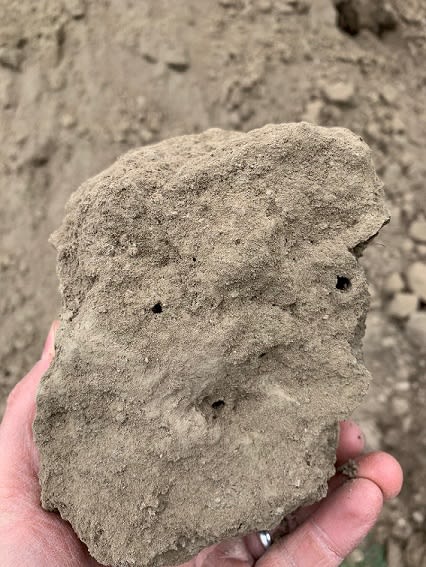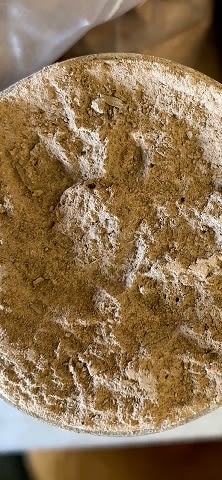Hello,
There are two different ASTMs for obtaining the Swell % and the Swell Index (at this time I don't have them handy).
My question is, is it possible in real practice to have negative values of swell percentage?, same question applies to the swell index.
In my experience, whenever I get either a swell% or a swell index value, it is always positive which I interpret as the volume of the expansive soil sample is expanding (instead of shrinking).
Please let me know your thoughts.
There are two different ASTMs for obtaining the Swell % and the Swell Index (at this time I don't have them handy).
My question is, is it possible in real practice to have negative values of swell percentage?, same question applies to the swell index.
In my experience, whenever I get either a swell% or a swell index value, it is always positive which I interpret as the volume of the expansive soil sample is expanding (instead of shrinking).
Please let me know your thoughts.


